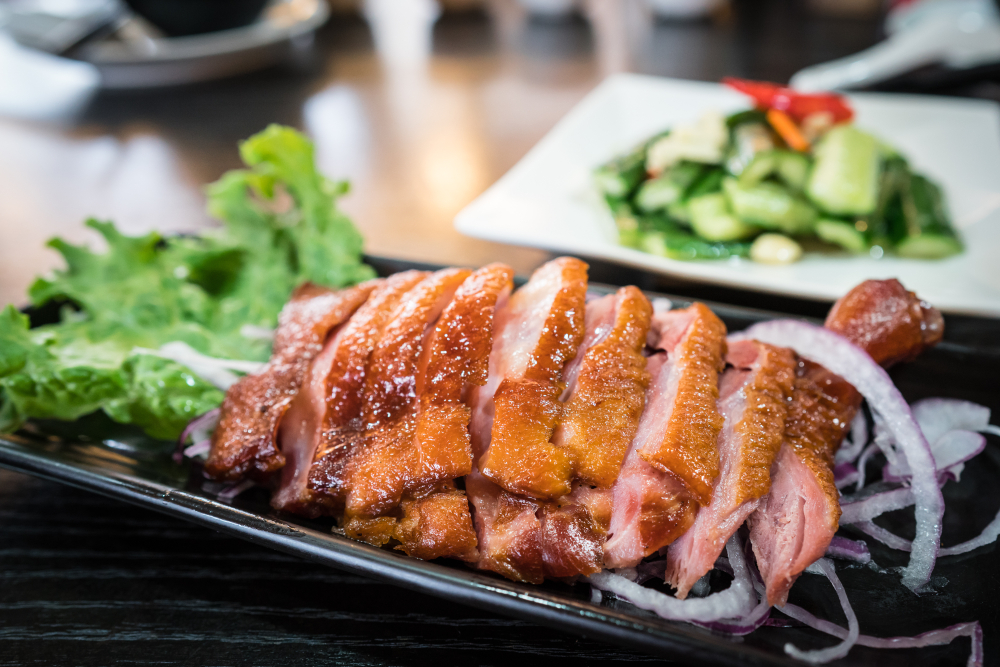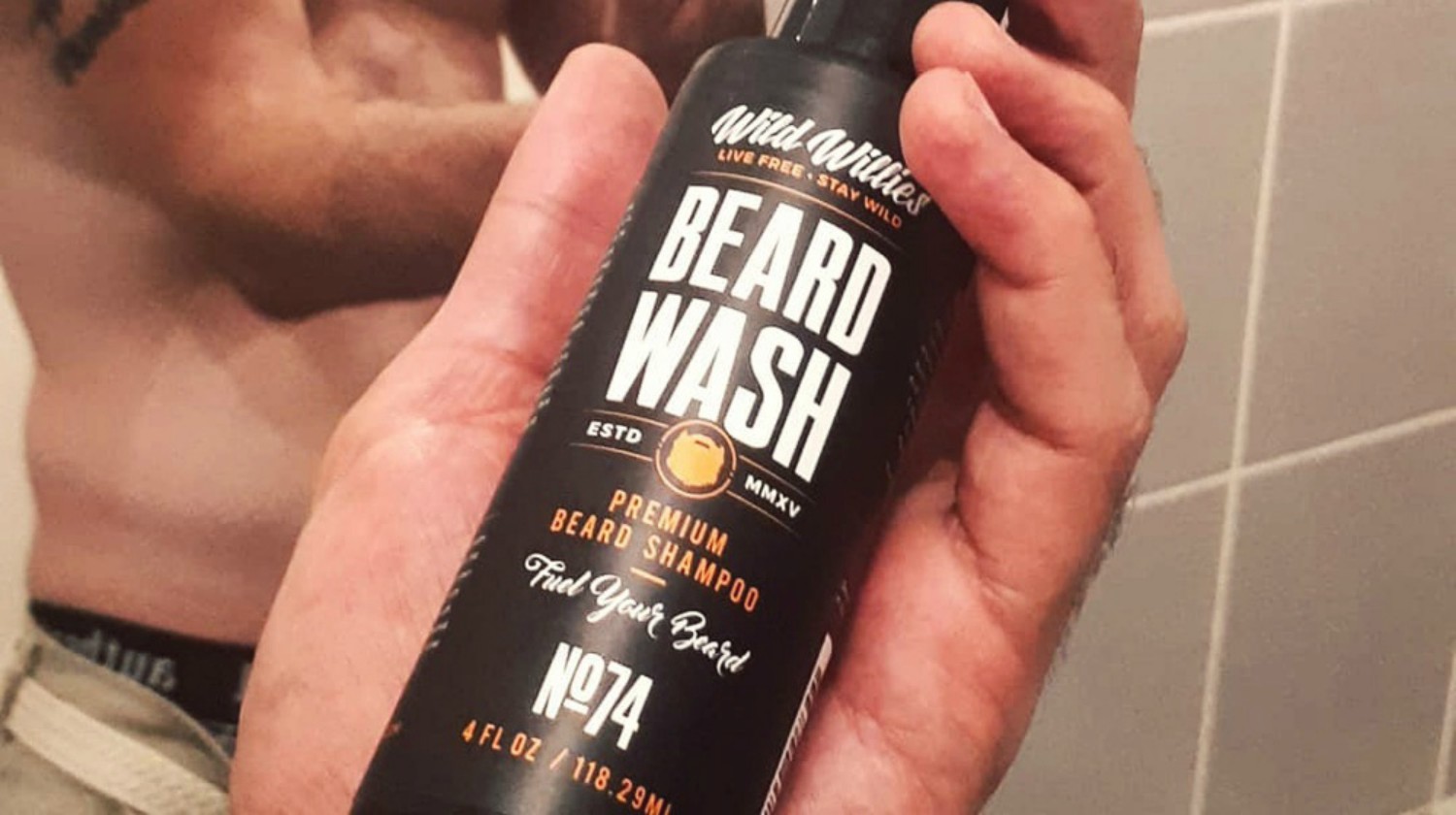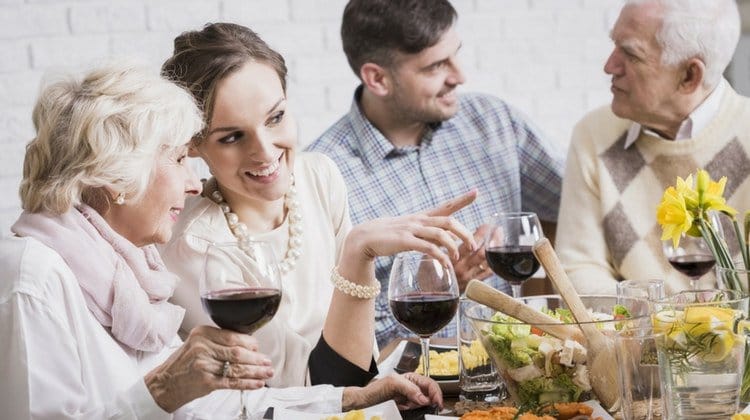Cooking
3 Of The Most Flavorful Game Bird Recipes You Can Whip Up

Have you been hunting for a bit of variety with your game bird recipes? Never fear – we’ve got some irresistibly delicious game bird recipes for you to try out!
Appetizing Game Bird Recipes to Try
1. Roasted Cornish Game Hen With Potatoes and Carrots
Even though they have “game” in the name, Cornish game hens are actually just a hybrid chicken! And despite being called “hens,” the name applies to hen and cock alike.
Confusing? Don’t worry – this recipe is super easy to follow and will result in a delicious roast. And if you’re cooking for the family, all you need to do is double everything!
Ingredients:
- 2 Cornish game hens
- 2 tablespoons unsalted butter
- 3 tables olive oil
- 1 large clove of garlic, finely minced
- 1 medium onion, quartered and sliced
- 3 medium carrots, cut into 3-inch long by 1/2-inch wide strips
- 1 Lb. small potatoes, scrubbed and cut into 1-inch chunks
- 1 and 1/2 teaspoons fresh thyme leaves (can substitute 1/2 teaspoon dried thyme)
- Salt and Pepper
There are also a few optional ingredients for this recipe. While they boost the flavor, they aren’t necessary:
- 1 small onion, cut into chunks
- 1 lemon, cut into chunks
- 2 teaspoons freshly chopped parsley or chives
- Sprigs of fresh herbs (rosemary works particularly well)
Instructions:
- Preheat your oven to 375 degrees F.
- Melt your butter in a large, heavy skillet over low heat (cast iron works best, but any oven-safe skillet will do), adding the olive oil, minced garlic, and thyme. Once the garlic becomes fragrant, set aside 1 and 1/2 to 2 teaspoons of the sauce.
- Add your (medium) onion slices, carrots, potatoes, and salt and pepper to taste. Toss well to coat your vegetables thoroughly and stir for 2 minutes to cook.
- Allowing the skillet to simmer, sprinkle the cavities of your Cornish game hens with salt and pepper to taste. Optionally add your (small) onion slices, lemon, and sprigs of herbs.
- Rub the outside of your hens with the garlic butter reserve before adding the birds to your skillet, being careful to place them on top of the vegetables rather than nestled between them.
- Place the skillet in the oven and roast for 1 hour and 15 minutes or until the meatiest part of the thigh registers at least 165 degrees F.
- If you notice the birds aren’t browning enough, you can turn your broiler on for 2 to 3 minutes before removing them from the oven. Conversely, if the birds are browning too quickly, simply cover with a loose sheet of foil.
If you fancy having something other than Cornish game hen, but like the sound of this recipe, it works just as well with regular chicken, dove, pheasant, or quail!
2. Duck Bites
Adapted from a South African dish called “skilpadtjies” (“tortoises”), these duck bites use duck breasts instead of lamb’s liver – and bacon instead of caul fat. They’re the perfect appetizer or (almost) bite-sized side. This is one of our fave game bird recipes!
Ingredients:
- 2 boned duck breasts, skinned and halved
- 8 slices bacon, cut in half width-wise
- 16 whole water chestnuts, drained
- 1 tablespoon soy sauce
- 1/2 cup dry sherry
- 1 tablespoon peanut oil
- 1 teaspoon fresh minced ginger root
Instructions:
- In a medium to large mixing bowl, whisk together your sherry, soy sauce, peanut oil, and minced ginger root until the marinade mix is homogenous.
- Cut the skinned and halved duck breasts into 16 even pieces and place into the marinade. Toss to ensure the meat is evenly coated before adding the water chestnuts. Cover and set aside for 1 hour.
- Preheat your oven’s broiler, placing the oven rack about 6 inches from the heat source.
- Drain and discard the marinade. Pair a piece of duck meat with a water chestnut before wrapping with a half strip of bacon. Secure the parcel with a toothpick and place onto your broiler pan. Repeat until all 16 duck bites are ready.
- Broil the duck bites for 5 minutes before turning once and broiling for another 5 minutes, or until the bacon is beginning to turn crisp.
It’s worth mentioning that skilpadtjies are traditionally cooked over an open fire rather than being broiled. So if you want the perfect snack to enjoy while barbecuing or camping, these duck bites are sure to be a winner.
3. Roast Goose
Geese scare most people, both when they’re alive and chasing you and when faced with the daunting task of having to cook one.
That’s at least partially because people tend to approach roast goose the same way they would a roast chicken or turkey. But goose, like a duck, is actually a type of red meat and needs to be treated differently.
And we’ve found the perfect way to get it right…
Ingredients:
- 1 goose*
- 1 lemon, halved
- 1/2 yellow onion, finely chopped
- 1 head of garlic
- 1/2 cup Madeira wine
- 2 cups chicken stock
- 2 tablespoons flour
- 1 teaspoon dried thyme
- Salt and Pepper
- Assorted root vegetables of your choice – potatoes, carrots, turnips, etc
*If you’re buying a goose, the rule of thumb is an 8 to 10 lb. bird to feed 5 to 6 people, 11 to 12 lb. for feeding 6 to 8.
Instructions:
- Your goose should be at room temperature when you start to work on it. Before you begin prepping the bird, preheat your oven to 325 degrees F.
- Begin by removing the neck (slicing about 1/2-inch in front of the body), giblets, and the last two joints of the wings. Use a thin, sharp blade such as a boning knife for this. Set these off-cuts aside to use in the gravy.
- Remove the excess fat – you can easily pull out a handful from the body cavity. Next, trim off the tail and the wide belly flaps. Put these fatty reserves into the pot with about one 1/2 cup of water and boiled to render – goose fat is a healthier, more delicious alternative to butter or lard when cooking.
- To make sure the remaining fat beneath the skin doesn’t stop it from crisping, prick the goose skin with a clean needle. Work the needle at an angle to prevent piercing the meat and be sure to go over the whole body.
- Rub your lemon halves all over the goose before placing them into the body cavity. Follow up by salting liberally, using more salt than you think necessary.
- Cut off the top of your garlic head and add the whole head, as is, into the body cavity.
- Place the bird onto a rack, breast side up, in a roasting pan and pop it into the oven.
- While your goose begins roasting, chop and brown all of the giblets, wingtips, and neck in a large skillet over medium heat using some of your goose fat. Add your chopped onion and stir.
- Once the onion begins to brown, add the flour and keep stirring. After about 5 to 10 minutes, it should smell good and nutty.
- Add the Madeira wine and turn the heat up to high, allowing the mixture to boil for a minute or two before adding the chicken stock and thyme. Stir to combine and turn the heat down to a bare simmer. Remember to keep an eye on this gravy – if it starts getting too thick, simply mix in a little water.
- By now, your goose has been roasting for about 20 minutes. Toss your root vegetable chunks in some of your rendered goose fat with some salt before adding them to the roasting pan beneath your bird and popping it back in the oven for another 20 minutes.
- Once your goose has been roasting for a total of 40 minutes, check the breast temperature. They should be between 130 and 140 degrees F – if so, use a thin, sharp knife to carve them from the rest of your goose. Cover the breasts with foil and set aside before returning the goose to the oven.
- After another 30 minutes have elapsed, test the thigh’s temperature. It might take another 10 minutes, but once the temperature reaches 165 to 170 degrees F, you can remove the bird from the oven. Take the garlic out from the cavity before covering with foil.
- Remember to check the root vegetables at this point. Cover with foil if they’re done, or let them cook a while longer if necessary.
- Peel the husk from the head of garlic and add the cloves into your gravy. Leave it to simmer for another 5 minutes before fishing out the neck and wing tips. You can remove the bones and add any bits of flesh back to the gravy before pureeing in a blender until smooth and returning to a simmer.
- In a large saute pan, add some more of your goose fat and get it good and hot. Pat your goose breasts dry and place them skin side down into the pan to sear until the skin turns a rich brown (about 3 to 4 minutes).
- Salt the breast skin and set to rest on a wooden board, skin side up.
- Carve the legs and wings from your goose and give them the same searing treatment, only ever letting the skin touch the pan.
When serving, remember to put your gravy on the plate first – you want to show off that delicious sear you’ve worked so hard on!
Which of these delicious game bird recipes will you try first? Let us know how it turns out in the comments section!
Up Next:
-

 Do It Yourself7 months ago
Do It Yourself7 months agoParacord Projects | 36 Cool Paracord Ideas For Your Paracord Survival Projects
-

 Do It Yourself10 months ago
Do It Yourself10 months agoHow To Make Paracord Survival Bracelets | DIY Survival Prepping
-

 Do It Yourself9 months ago
Do It Yourself9 months ago21 Home Remedies For Toothache Pain Relief
-

 Do It Yourself10 months ago
Do It Yourself10 months agoSurvival DIY: How To Melt Aluminum Cans For Casting
-

 Exports8 months ago
Exports8 months agoAre Switchblades Legal? Knife Laws By State







